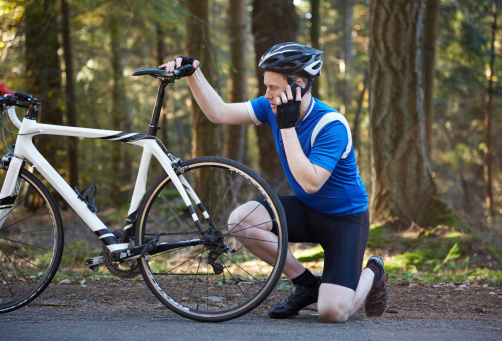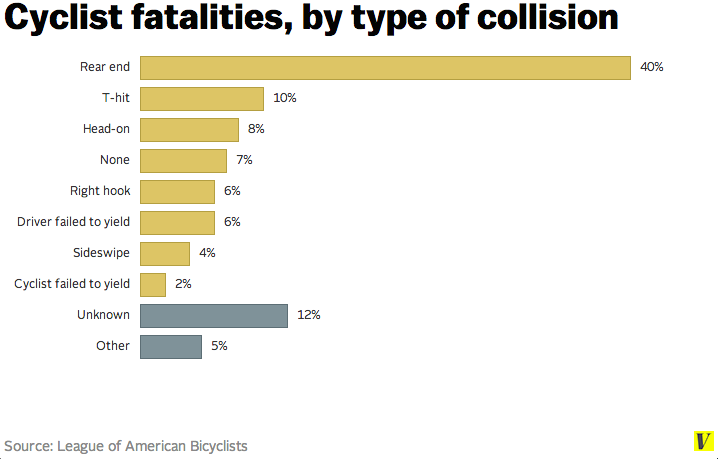By: Teya Vitu November 10, 2014
Americans aren't driving as much as they used to, according to transportation planners who visited Boise for a discussion about public space.
Across the country, vehicle miles traveled, or VMT, have declined 5 percent per capita
from 2000 to 20012 and 8 percent in the 2006-12 time frame. Even in car-centric Idaho,
the rate dropped 2 percent since 2000 and 1 percent since 2006. One group driving this
change is the Millennials, many of whom no longer see getting a first car at age 16 as a
rite of passage.
“Since 2006 and the recession, total VMT has declined in every state,” said Jim Charlier,
president of Charlier Associates, a Boulder, Colo., multimodal transportation planning
firm. “This is the first time this has happened. We've had increases in traffic since the
1920s.”
Commercial truck traffic increased by 30 percent in the 2000s.
Charlier said “walk-ability” is catching on with developers and home-buyers.
“Urban living is not about tall buildings. It’s the lifestyle,” Charlier said. “In the 2000s, people are moving from the suburbs into neighborhoods. Idaho has a lot of opportunities, from Boise to Bonners Ferry. Mixed-use neighborhoods with walk-ability can happen in a small town.”
Back before the car and even into the 1920s, “everybody worked toward building a better community,” said Gary Toth, director of transportation initiatives at the Project for Public Spaces, a New York City planning, design and educational organization focused on creating public spaces.
This gave way to freeways, parking lots that engulfed streets and buildings, and uninviting architecture that featured blank walls along sidewalks.
“This happened because we became focused on high-speed mobility,” Toth said. “We lost touch with our community. We need to move away from high-speed mobility.”
Charlier’s and Toth’s talks were part of Idaho Smart Growth’s reception for a three-day
Community Mobility Institute put on by the Sonoran Institute in partnership with ISG, the Idaho Walk Bike Alliance, and other local partners. These entities are partners in the New Mobility West program, a four-state initiative that provides communities across the Rocky Mountain West with tools and resources to improve their transportation systems by creating connected neighborhoods and more vibrant downtowns.
The Nov. 5-7 institute brought community leaders from Cascade, Lemhi County, Bonner County, Sandpoint, Post Falls/Coeur d’Alene, Twin Falls, Kimberly and Wood River Valley to Boise to gain insights on how to work with transportation departments to improve communities.
“One of the messages we’re conveying in the workshop is the rules have changed. You have to be aware of them,” Charlier said.
Idaho communities learned that transportation has a broader purpose than moving vehicles.
“Each community came willing to understand how to better connect transportation, economic development and community development,” said Clark Anderson, director of the Sonoran Institute’s Rocky Mountain Program.
The institute drove home the point that communities need to get more strategic with transportation investments in an era of decreasing transportation funding as well as changing dynamics in housing and retail toward more walkable streetscapes.
“They are looking to create transportation systems that are serving a wider range of users,” Anderson said. “The connections they are making need to make sense in an economic development sense.”
Each community drafted an action plan at the institute on how to apply the concept of increasing economic development with strategic transportation investment, said Jillian Sutherland, the Sonoran Institute’s project manager.
Then there’s the happiness factor.
Both younger and older cyclists get more exercise and have a greater sense of independence than those who do not ride a bike, according to Aldred’s report.
In her studies, she found that more than two-thirds of Dutch people aged 55 to 74 get at least 30 minutes of exercise five times a week, mostly through cycling. Even among Dutch people aged 80-84, more than 20 percent say their preferred method of transit is cycling. Cycling keeps older Dutch residents active, socially connected and healthy.
And for Dutch children, nearly half of them (49 percent of primary school children) ride to school.
Those not riding also benefit from better bike infrastructure, in the form of safer streets.
“Studies show people feel safer on routes separating them from busy motor traffic, for example, involving separate infrastructure or quiet streets,” Aldred writes.
When people switch from driving to walking or cycling, injuries decrease. One study found that while switching from driving to cycling or walking may pose a greater risk of injury to the individual making the switch, they become less of a threat to those around them. And improved infrastructure for bikes and pedestrians, separated from vehicular traffic can reduce the risk cars pose to other road users.
Whether you are swayed by finances, health, congestion or just plain happiness, the British Cycling report makes the case for investing more heavily in bike infrastructure and in promoting cycling across the broad range of a population.
“We only have to look to Denmark and the Netherlands–countries that regularly top surveys on being the happiest and healthiest nations in the world – to see what a transformative effect cycling can have,”British Cycling Policy Adviser Chris Boardman said in a statement. “This is about creating better places to live.”



















 National
Bike Month may be winding down, but that doesn’t mean you should stop
bike commuting, especially since AAA bike service is now on the table
for certain clubs.
National
Bike Month may be winding down, but that doesn’t mean you should stop
bike commuting, especially since AAA bike service is now on the table
for certain clubs.


 Conventional Bike Lane. Only a painted white line separates cyclists from moving vehicles. Adjacent parked cars create a dangerous door zone.
Conventional Bike Lane. Only a painted white line separates cyclists from moving vehicles. Adjacent parked cars create a dangerous door zone.